34 Fun European Grains to Spice Up Your Cooking Journey
European grains have nourished civilizations for millennia, weaving a rich tapestry of culinary traditions across diverse landscapes.
Ancient farmers cultivated these remarkable crops with meticulous care and deep agricultural wisdom.
Generations passed down techniques that transformed simple seeds into sustaining staples for communities and cultures.
Nutritional powerhouses emerged from fertile fields, representing more than mere food but connecting people through shared agricultural heritage.
These remarkable grains embodied resilience, adapting to varied climates and soil conditions with remarkable versatility.
Each grain carries a unique story of regional identity, reflecting local environmental characteristics and agricultural practices.
Sustainable cultivation methods preserved these nutritional treasures through centuries of changing agricultural landscapes.
Your journey into understanding classic European grains promises insights into 31 exceptional varieties that shaped dietary traditions:
Which European Grains Types Stand Out in the Kitchen?
Europe’s grains, think barley, rye, and ancient spelt, bring both comfort and character to the table. Sample varieties prized in breads, porridges, and more.
Arroz Carolino Das Lezirias Ribatejanas
Carolino rice is a premium Portuguese rice variety prized for its exceptional ability to absorb flavors and maintain a velvety, smooth texture during cooking.
Grown in Salvaterra de Magos near Lisbon, this rice benefits from the region's mild Mediterranean climate and unique soil conditions.
Its glutenous nature allows it to create creamy dishes without breaking or disintegrating during preparation.
Farmers carefully cultivate these fine grains to ensure superior quality and consistent performance in traditional Portuguese recipes.
Portuguese cuisine relies on carolino rice for its distinct culinary characteristics and superior absorption capabilities.
Restaurant chefs and home cooks prefer this rice for its consistent texture and ability to enhance complex flavor profiles.
European rice connoisseurs consider carolino a top-tier grain for sophisticated cooking techniques.
Mediterranean agricultural traditions have preserved this exceptional rice variety for generations.
Arborio
Arborio rice dominates Italian cuisine with its distinctive short, rounded grains packed with starch that create exceptionally creamy risottos and rice puddings.
Rice farmers cultivate this premium grain exclusively in northern Italy's Po Valley region, naming it after Arborio town.
Restaurants and home kitchens prize Arborio for its unique ability to absorb flavors while maintaining a slightly firm texture when cooked.
Professional chefs recommend preparing this rice al dente, ensuring maximum creaminess without becoming mushy.
Unlike standard long-grain rice, Arborio maintains its structural integrity during cooking, releasing natural starches that generate rich, smooth dishes.
European food markets price Arborio nearly double traditional rice varieties due to its specialized growing conditions and superior culinary performance.
Fine Italian restaurants consider Arborio essential for authentic risotto preparation.
Careful cooking techniques preserve the rice's signature starchy coating, which transforms simple ingredients into luxurious meals.
Arroz Bomba
Bomba rice are distinctive Spanish short-grain kernels prized for exceptional water absorption without losing structural integrity.
Mediterranean farmers carefully cultivate these pearly white grains in Valencia's wetlands using centuries-old techniques dating back to the 14th century.
Rice kernels expand dramatically during cooking, absorbing two to three times their volume while maintaining round, compact shapes.
Unique amylose content prevents grains from bursting or becoming mushy when prepared.
Valencia's humid agricultural regions provide ideal growing conditions for this specialized variety.
Spanish paella and risotto dishes frequently showcase Bomba's superior cooking characteristics.
Agricultural experts consider Bomba among Spain's most valuable rice varieties.
Traditional Spanish cooking methods highlight these rice kernels' remarkable texture and performance.
Carnaroli
Carnaroli rice stands as Italy's premium risotto grain, prized for its superior starch content and exceptional ability to create creamy, perfectly textured dishes without overcooking.
Rice farmers in Novara, Vercelli, and Pavia provinces carefully cultivate this short-grain variety, which Emiliano Carnaroli originally developed by crossbreeding Lencino and Vialone Nano varieties.
Culinary experts frequently refer to Carnaroli as the 'king' of Italian rice due to its remarkable cooking properties.
Compared to Arborio, this rice absorbs liquids more consistently while maintaining structural integrity.
Its unique starch composition ensures risottos achieve a luxurious, smooth consistency without becoming mushy.
Professional kitchens prefer Carnaroli for its predictable performance and superior texture.
Home cooks and restaurant chefs alike value this rice for creating exceptional risotto dishes.
Italian cuisine considers Carnaroli an essential ingredient for high-quality rice preparations.
Riso
Rice is a globally essential staple grain cultivated extensively across continents with Italy emerging as Europe's primary rice producer.
Lombardy represents Italy's most significant rice-growing region, spanning provinces like Lodi, Mantua, Milano, and Pavia.
Farmers meticulously grow rice from April through October using diverse varieties including Carnaroli, Arborio, and Vialone Nano.
Irrigation systems support multiple rice strains across carefully managed paddies.
European agricultural experts consider Italian rice among the highest quality worldwide.
Specialized techniques ensure optimal grain development and harvest.
Rice cultivation demands precise water management and climate control.
Regional microclimates contribute to unique grain characteristics and agricultural success.
Finnish Oats
Finnish oats are premium organic grains celebrated for their exceptional nutritional value and unique growing conditions near the 60th latitude.
Bathed in extended daylight and nurtured by pristine Nordic waters, these luminous oats develop distinctive qualities through freezing winters and pure soil environments.
Farmers plant these grains in May and harvest them between August and September, carefully processing the large, pale-colored kernels with their soft, nutty essence.
High-quality Finnish oats undergo meticulous drying and refinement to preserve their natural characteristics.
Northern growing regions contribute to their superior texture and flavor profile.
Nutritionists prize these oats for their significant health benefits and robust mineral content.
International markets increasingly recognize Finnish oats as a premium agricultural product.
Agricultural experts consider these oats a benchmark for organic grain production worldwide.
Baldo
Baldo rice emerges as a premium Italian-Turkish hybrid rice variety celebrated for its exceptional starchiness and buttery aroma.
Developed in 1977 through crossbreeding stirpe 136 and arborio rice in Italy's Po valley, this grain quickly earned the title "king of rice" for its superior qualities.
Short-grain Baldo rice dominates culinary applications, offering a distinct yet balanced flavor profile that distinguishes it from other rice varieties.
Italian and Turkish farmers cultivate this specialty rice with meticulous care, ensuring high-quality grain production.
Baldo rice adapts well to multiple grain lengths, though short-grain remains most popular among rice connoisseurs.
Its versatility makes it ideal for risottos, pilafs, and traditional Mediterranean dishes.
Starchiness varies between Italian and Turkish varieties, with Turkish Baldo rice typically presenting a more pronounced starch content.
Chefs and home cooks prize Baldo rice for its rich texture and ability to absorb flavors beautifully.
Arroz Del Delta Del Ebro
Arroz del Delta del Ebro represents premium Spanish rice grown exclusively in Catalonia's Ebro Delta wetlands with distinctive protected geographical indication status.
Spanish farmers cultivate multiple rice varieties including Bahia, Tebre, Senia, and Bomba, each offering unique cooking characteristics and textures.
Professional agricultural regulations ensure meticulous production standards and quality control for every grain harvested.
Regional environmental conditions contribute to the rice's exceptional flavor profile and consistent performance in cooking.
Numbered traceability labels accompany each package, allowing consumers to verify precise origin and production details.
Rice varieties range from creamy Senia to firm Bomba, providing versatile options for different culinary preparations.
Strict monitoring covers every production stage from planting through packaging.
Premium certification guarantees superior agricultural practices and exceptional rice quality for consumers seeking authentic Spanish ingredients.
Arroz De Valencia
Arroz de Valencia represents premium Spanish rice varieties grown exclusively in Valencia's wetlands, distinguished by its carefully regulated production and exceptional quality.
Farmers cultivate multiple rice types including Senia, Bomba, and Albufera, each offering unique textures from creamy to firm.
Valencia rice grows in specific provinces like Alicante, Castellon, and Valencia under strict agricultural standards.
Professional organizations monitor every production stage to guarantee superior characteristics.
Each package receives a numbered traceability label connecting consumers directly to its origin and producer.
Specialized cultivation techniques ensure consistent grain quality and flavor profile.
Mediterranean climate and strategic wetland locations contribute to rice's distinctive attributes.
Regional agricultural protocols protect this specialized rice variety's reputation and commercial standards.
Riz De Camargue
Riz de Camargue represents distinctive rice varieties grown in France's unique Camargue region, distinguished by its exceptional quality and challenging cultivation conditions.
Salty subsoils and a hot, dry climate create distinctive grain characteristics that set this rice apart from other varieties.
Farmers have cultivated these rice types since the 19th century, producing multiple variants including full, brown, white, non-stick, and mixed rice.
Brown rice offers the highest nutritional profile, packed with vitamins, minerals, amino acids, and fiber.
White round-grained rice remains most popular in culinary applications, excelling in creamy risottos and sweet milk-based desserts.
Regional agricultural techniques carefully manage restrictive environmental conditions to ensure optimal grain development.
Agricultural expertise transforms challenging terrain into a productive rice-growing landscape.
French rice production in Camargue demonstrates remarkable agricultural adaptation and resilience.
Riso Del Delta Del Po
Riso del Delta del Po are premium Italian rice varieties grown in the unique microclimate of Po Delta's fertile plains, distinguished by their exceptional taste and texture resulting from high soil salinity and specific environmental conditions.
These Japonica rice types, including Carnaroli, Arborio, Baldo, and Volano, flourish in Rovigo and Ferrara provinces across Veneto and Emilia Romagna regions.
Carnaroli rice stands out for its superior performance in risottos, soups, and desserts, while other varieties excel in creating crispy arancini and rich timballo casseroles.
Farmers carefully cultivate these rice grains, ensuring each variety maintains its distinctive flavor profile and culinary versatility.
Regional climate and traditional growing methods contribute to the rice's unique characteristics.
Chefs and home cooks value these rice varieties for their exceptional cooking properties and nuanced taste.
Farro Della Garfagnana
Faro della Garfagnara represents an ancient Tuscan spelt grain cultivated along the Serchio River's fertile plains, embodying a nutritious cereal prized by Romans for feeding their legions.
Three distinct spelt varieties - Piccolo, Comune, and Grande - characterize this wholesome grain grown in Lucca's agricultural region.
Romans considered spelt the original ancestor of all cereals, valuing its robust nutritional profile and versatile culinary applications.
Whole grain consumption ensures maximum nutrient retention, making this grain especially beneficial for health-conscious individuals.
Zuppa di Faro con Funghi, a traditional winter soup featuring porcini mushrooms, remains a popular preparation showcasing spelt's rich flavor and cultural significance.
Modern Italian cuisine continues to incorporate this nutrient-dense grain in various traditional and contemporary dishes.
Farmers in Garfagnara meticulously cultivate these ancient spelt varieties, preserving agricultural heritage and sustainable farming practices.
Riso Nano Vialone Veronese
Riso Nano Vialone Veronese is a prized Italian rice variety grown exclusively in Verona's mineral-rich karst plains, distinguished by its exceptional cooking properties and resilient grain structure.
Nurtured by the pure waters of Tione, Tartaro, and Adige rivers, this Japonica rice maintains a unique flavor profile that resists overcooking and deterioration.
Farmers carefully cultivate this special grain, which boasts a slightly darker tone and remarkable versatility in culinary applications.
Risotto chefs particularly favor this rice for its ability to absorb flavors while maintaining structural integrity.
Its rich mineral content contributes to a distinctive taste that elevates traditional Italian dishes.
Verona's unique terroir directly influences the rice's exceptional quality and taste characteristics.
Mavragani
Mavragani wheat represents a rare Greek heritage grain with exceptional nutritional qualities and remarkable agricultural resilience.
Ancient Greek farmers cultivated this durum wheat variety primarily on Lemnos island, prizing its high protein and gluten content.
Modern organic agriculture has rediscovered Mavragani's unique genetic strengths and disease-resistant characteristics.
Sustainable farming practices have supported its gradual comeback in Greece's agricultural landscape.
Bakers and pasta makers value its rich flour for creating exceptional bread and pasta products.
Genetic research confirms Mavragani's superior nutritional profile compared to standard wheat varieties.
Small-scale Greek farmers continue preserving this traditional grain through careful cultivation methods.
Sustainable agriculture movements increasingly recognize Mavragani as a valuable heritage crop with significant potential.
Calasparra
Calasparra rice stands out as a premium Spanish grain prized for its exceptional absorption and texture in traditional paella.
Grown exclusively in Murcia's mountainous region without chemical interventions, this short-grain rice has sustained local agricultural practices since the 14th century.
Two distinct varieties—ordinary and Bomba—offer unique cooking characteristics that distinguish them from standard rice types.
Mountain-grown conditions contribute to its superior quality and intense flavor profile.
Farmers carefully cultivate these grains in small quantities, maintaining strict agricultural traditions.
Spanish culinary experts consider Calasparra rice a cornerstone of authentic Mediterranean cooking.
Its ability to absorb flavors while maintaining structural integrity makes it ideal for complex rice dishes.
Murcia's specific microclimate and irrigation techniques further enhance the rice's distinctive culinary performance.
Arroz Carolino Do Baixo Mondego
Carolino rice stands as Portugal's premier grain, dominating national cuisine with its exceptional flavor-absorbing qualities and unique texture.
Portuguese farmers cultivate this long, round-grain rice exclusively in the fertile river valleys of Mondego, Tagus, and Sado.
Europeans consume nowhere near the volume of rice that Portuguese families prepare daily, making Carolino rice a national culinary treasure.
Regional dishes like arroz de pato and seafood risottos highlight the rice's remarkable versatility and smooth consistency.
Farmers carefully select and grow these grains to maximize their ability to soak up complex flavor profiles.
Portuguese kitchens prize Carolino rice for its superior cooking performance and distinctive character.
Home cooks and restaurant chefs rely on this rice as a fundamental ingredient in traditional and modern Portuguese recipes.
Each grain embodies generations of agricultural expertise and cultural cooking traditions.
Levicky Slad
Levickyslad represents a premium Slovak barley malt specifically designed for beer production.
Premium certified barley varieties grown in Nitra's warm Danube plains create this exceptional malt product.
Farmers benefit from an early sowing season and optimal climate conditions that yield high-quality grains.
Low fungal disease rates and minimal grain damage distinguish this exceptional malt type.
Levickyslad boasts a distinctive sweet flavor profile with pronounced malty characteristics.
Brewers value its superior extract content and consistent agricultural standards.
Slovak agricultural expertise ensures precise cultivation techniques.
Regional environmental factors contribute to its unique brewing potential.
Bahia Rice (Arroz Bahia)
Arroz Bahia sparkles as a premium Spanish short-grain rice prized for its exceptional cooking performance in paella and traditional Mediterranean dishes.
Valencia cultivates this special rice variety with meticulous agricultural techniques that ensure consistent grain quality and texture.
Spanish farmers carefully select and grow these compact kernels to maintain optimal moisture absorption and rapid cooking characteristics.
Rice experts appreciate how Arroz Bahia retains individual grain structure without clumping during preparation.
Each grain releases subtle flavors while absorbing cooking liquids efficiently.
Mediterranean cuisine relies on this rice for consistent results in complex rice-based recipes.
Professional kitchens across Spain prefer Arroz Bahia for its superior culinary versatility.
Spanish regional cooking traditions have celebrated this rice strain for generations.
Frankischer Grunkern
Franconian spelt dominates traditional German cuisine as a hearty ancient grain cultivated for centuries in Baden-Wurttemberg's northeastern regions.
Regional farmers have carefully preserved this wheat variety since the early 1700s, making it a significant agricultural staple.
German kitchens transform spelt into diverse dishes like Grunkern soup and vegetarian croquettes.
Spelt offers exceptional nutritional benefits with higher protein and mineral content compared to standard wheat varieties.
Bavarian and Franconian households frequently incorporate this grain into daily meals.
Regional cooking traditions emphasize spelt's versatility in preparing soups, breads, and side dishes.
Germany's agricultural heritage celebrates this nutritious grain as a connection to historical farming practices.
Sustainable agriculture continues to support spelt's cultivation in traditional growing areas.
Albufera Rice (Arroz Albufera)
Arroz Albufera represents an exceptional Spanish rice variety cultivated in Valencia's Albufera Natural Park, emerging from strategic natural selection of Bomba, Senia, and Bahia rice strains.
Spanish agricultural experts developed this distinctive grain through careful breeding techniques to enhance its culinary performance.
Valencia's unique marshland environment contributes to the rice's robust growth conditions and superior quality.
Rice farmers meticulously nurture these plants to ensure optimal grain development and consistent texture.
High-quality Arroz Albufera maintains remarkable firmness after cooking, making it ideal for traditional paella and risotto preparations.
Regional chefs prize this rice for its ability to absorb flavors while maintaining structural integrity during cooking.
Agricultural researchers continue refining its genetic characteristics to improve yield and taste.
Sustainable farming practices support the ongoing cultivation of this exceptional rice variety in Spain's southeastern coastal regions.
Lungauer Tauernroggen
Lungauer Tauernroggen represents a distinctive rye grain cultivated exclusively in Austria's challenging Tauern mountain landscapes of Salzburg, demonstrating exceptional resilience in harsh alpine environments where standard grains would struggle to survive.
Mountain farmers have treasured this robust grain for generations, selecting seeds that withstand extreme temperatures and rocky terrain.
Austrian agricultural specialists recognize this rye variety for its remarkable adaptability and genetic strength, enabling cultivation at high elevations between 1,000 and 1,500 meters.
Local bread makers transform these hardy grains into dense, nutritious breads with rich earthy flavors reflecting the mountain ecosystem.
Regional agricultural programs protect and preserve this unique grain's genetic lineage, ensuring its continued survival.
Scientific research confirms Lungauer Tauernroggen's superior nutritional profile compared to standard rye varieties.
Sustainable farming practices support its continued production in challenging alpine conditions.
Mountain communities consider this grain a critical component of their agricultural heritage and economic survival.
Terragnolo Buckwheat (Grano Saraceno Di Terragnolo)
Grano saraceno di Terragnolo represents a rare Italian buckwheat variety deeply rooted in Trento's agricultural heritage, originating from Terragnolo valley.
Mountain farmers have cultivated this special grain since the 16th century, traditionally known as formentom in local dialects.
Mountain terrain provides an ideal environment for growing this cold-resistant crop that requires consistent water supply.
Regional farmers carefully sow seeds between late June and July, ensuring optimal growth conditions.
Hand-harvesting techniques preserve the grain's quality from late September onwards.
Processing transforms the harvested buckwheat into versatile products like groats, flour, and middlings.
Traditional agricultural methods maintain this unique grain's distinct characteristics.
Mountain communities continue protecting this precious genetic strain through careful cultivation practices.
Cebolla Rice (Arroz Cebolla)
Arroz Cebolla is a premium short-grain rice developed exclusively in Valencia's Sollana region within Albufera Natural Park to elevate paella's culinary potential.
Cultivated with meticulous agricultural techniques, this specialty rice stands out for its exceptional grain quality and unique growing conditions.
Spanish farmers have carefully selected and nurtured these rice strains to maximize texture and flavor absorption.
Albufera's rich wetland environment provides ideal soil and water conditions for rice cultivation.
Valencia's agricultural expertise contributes to the rice's distinctive characteristics.
Regional climate and traditional farming methods play crucial roles in producing this superior grain variety.
Local agricultural cooperatives manage and protect the rice's production standards.
Senia Rice (Arroz Senia)
Arroz Senia rice reigns supreme in Spanish cuisine as a premium medium-grain variety native to Valencia's coastal regions.
Cultivated near Albufera wetlands and along the Jucar River, this special rice absorbs cooking liquids perfectly without turning mushy.
Farmers in Alicante, Castellon, and Valencia carefully grow these grains with exceptional moisture retention properties.
Rice fields surrounding Valencia produce these distinctive medium-sized kernels prized by Spanish home cooks.
Agricultural experts consider Arroz Senia ideal for traditional dishes like paella due to its unique texture and flavor-absorbing characteristics.
Spanish regional recipes benefit from its ability to maintain structural integrity during cooking.
Mediterranean agricultural traditions support this rice's continued production and popularity.
Trdinka
Trdinka corn are prized Slovenian Alpine mountain kernels with unique yellow, orange, and red hues harvested in traditional farming methods.
Bohinj region farmers carefully cultivate this indigenous corn variety in sunny fields prepared through autumn ploughing and fertilization.
Mountain families meticulously select and dry the best corn cobs, leaving some husks intact and braiding them before storage.
Skilled agricultural practitioners hull the corn near Palm Sunday, preserving its distinctive characteristics.
Local cuisine transforms trdinka into bohinjski zganci, a regional polenta-like specialty ground from coarse flour.
Alpine cultivation techniques ensure each kernel maintains exceptional quality and regional flavor.
Mountain communities have sustained this corn variety for generations, protecting its genetic heritage.
Slovenia's agricultural traditions continue to honor this remarkable corn through careful preservation and traditional processing methods.
Aromanian Wild Amaranth
Shtir wild amaranth is a nutrient-packed edible plant native to Southeastern Albania's Mokra mountain region, traditionally harvested by Aromanian communities.
Reddish, odorless flowers characterize this annual flowering plant that grows abundantly between July and September.
Green, oblong-lanceolate leaves make shtir a versatile ingredient in local cuisine.
Iron and vitamins A and C densely populate the plant's nutritional profile.
Aromanian families carefully collect these leaves for preparing traditional byrek, a savory pie filled with tender, cooked greens.
Wild amaranth thrives in mountainous landscapes, offering rural communities a sustainable food source.
Locals transform the plant's leaves into flavorful, nutritious dishes that reflect their deep connection to regional agriculture.
Mountain inhabitants have long appreciated this humble yet powerful wild vegetable for its health benefits and culinary versatility.
Riso Orange
Riso orange represents a unique naturally colored rice variety cultivated by Eleonora Bertolone through her companRisodinori in Collobiano.
Emerging from the successful development of riso violet, this distinctive rice strain showcases innovative agricultural techniques.
Bertolone specializes in creating rice with extraordinary pigmentation through careful breeding and selection.
Natural orange hues characterize this specialized rice variety, making it stand out in agricultural circles.
Farmers carefully nurture these plants to maintain their distinctive color profile.
Risodinori continues to experiment with developing colorful rice strains that challenge traditional agricultural practices.
Research into naturally pigmented rice varieties provides insights into genetic diversity and agricultural innovation.
Sustainable farming methods contribute to the successful growth of this unique orange rice variety.
Riso Violet
Riso violetis a rare, naturally purple rice variety developed by Eleonora Bertolone that stands out for its striking color and powerful antioxidant properties.
Grown exclusively by Bertolone's company Risodinori in Collobiano, this unique rice derives its intense purple hue from high anthocyanin levels.
Anthocyanins not only create its remarkable appearance but also deliver significant anti-inflammatory benefits.
Rich antioxidants infuse the rice with complex aromatic qualities that enhance its culinary appeal.
Bertolone carefully cultivates each plant to maintain its distinctive purple pigmentation throughout the grain.
Maximum color intensity and nutritional value guide her meticulous agricultural approach.
Scientific research confirms the health advantages of this extraordinary rice variety.
Consumers appreciate both its visual beauty and substantial wellness potential.
Riso Di Baraggia Biellese E Vercellese
Riso di Baraggia Biellese e Vercellese are premium rice varieties grown in Piedmont's fertile Baraggia nature reserve, distinguished by their exceptional quality and unique terroir.
Cultivated across Biella and Vercelli provinces, these rice types include notable varieties like Arborio, Carnaroli, Baldo, and Balilla.
Arborio rice excels in creamy risotto preparations, while Carnaroli remains ideal for classic risotto and rice salads.
Baldo rice works perfectly for oven-baked dishes and timbales, and Balilla serves well in rice-based desserts.
Each variety offers distinct culinary characteristics reflecting the region's agricultural traditions.
Grown in specific geographic conditions, these rice types benefit from unique soil composition and microclimate.
Farmers carefully select and cultivate each strain to maintain superior grain quality.
Italian cuisine celebrates these rice varieties as essential ingredients in numerous regional recipes.
Farro Di Monteleone Di Spoleto
Farro di Monteleone stands as a premium ancient grain exclusively grown in Umbria's mountainous Perugia region, representing a rare spelt variety with deep historical roots.
Farmers cultivate three distinct types: Semiperlato, Integrale, and Spezzato, each offering unique textures and culinary applications.
Mountain terrains and traditional agricultural methods contribute to its exceptional quality and distinct flavor profile.
Wheat nearly eliminated this grain centuries ago, but recent agricultural movements have revived its significance in Italian cuisine.
Nutritionists praise its high protein content and rich mineral composition.
Local producers carefully harvest and process these grains using time-honored techniques.
Restaurants and health-conscious consumers now seek this specialty grain for its robust taste and nutritional benefits.
Regional preservation efforts continue to protect and promote Farro di Monteleone as a significant agricultural heritage.
Petit Epeautre De Haute Provence
Petit Epeautre de Haute Provence sparks culinary passion as a rare ancient grain grown exclusively in southeastern France's mountainous region.
Mountain farmers nurture this unique spelt variety through traditional methods that protect its exceptional qualities.
Summer and autumn sowing allows grains to absorb May rainfall and mature during hot July months without disease.
Careful husking preserves the cereal's natural characteristics and slightly crunchy texture.
Nutritionists praise its superior health benefits compared to modern wheat varieties.
Regional recipes transform these small grains into versatile dishes similar to rice preparations.
Local traditions celebrate its sweet, delicate flavor profile.
Sustainable agricultural practices ensure this special spelt remains an integral part of Provence's agricultural heritage.
European Grain Producers Worth Knowing
Dedicated growers across Europe nurture grains that feed nations and inspire chefs. Meet the farmers whose skill brings you the continent’s most flavorful harvests.
Riso Magno
Riso Magno represents a pioneering Italian rice producer dedicated to delivering premium, sustainably sourced grains from Piedmont's fertile agricultural landscapes.
Young professionals at Riso Magno meticulously select 100% Italian rice through careful collaboration with specialized regional producers.
Their agricultural approach prioritizes environmental preservation and community support while maintaining strict quality control standards.
Strategic partnerships with local farmers ensure each grain meets exceptional nutritional and flavor criteria.
Sophisticated packaging design reflects Riso Magno's commitment to product freshness and consumer convenience.
Network connections throughout Vercelli's rice-growing regions strengthen their sourcing capabilities.
Sustainable agricultural practices guide their production methodology.
Attention to every production stage distinguishes Riso Magno as an innovative rice company committed to excellence.
European Grains That Make Every Meal Better
Rich, hearty, and full of history, Europe’s grains form the backbone of countless recipes. Add their flavor and texture to everything from soups to dessert.
Brauerei Gebruder Maisel Maisel & Friends Hell
Maisel Helle beer radiates golden-straw brilliance crowned by a pristine white foam, presenting a sensory experience beyond standard lagers.
Subtle stone fruit and citrus notes dance through its aroma, creating an unexpected complexity for a pale beer.
Juicy peach undertones mingle with earthy fragrance, signaling a sophisticated brewing approach.
German brewing precision transforms this lager into a nuanced beverage with remarkable depth.
Each sip reveals layered fruit essences that challenge traditional lager expectations.
Gentle sweetness balances crisp hop characteristics, making the beer refreshingly approachable.
Careful fermentation techniques unlock delicate flavor profiles rarely found in mainstream lagers.
Brewery Maisel demonstrates masterful brewing artistry through this exceptional beer.
Riso Magno Carnaroli
Riso Magno's Carnaroli Rice dominates Italian culinary landscapes as the king of premium rice varieties with superior starch content and exceptional texture.
Gourmet chefs prize its elongated, pearly grains that deliver extraordinary risotto results with remarkable consistency.
Stone whitening techniques preserve this non-GMO rice's natural properties and nutritional integrity.
Grown in select Italian regions, the rice features a subtly sweet flavor profile perfect for sophisticated dishes.
Each grain maintains structural integrity during cooking, ensuring ideal al dente consistency in just 15 minutes.
Without chemical additives or allergens, Riso Magno's Carnaroli Rice represents traditional Italian agricultural excellence.
Restaurants and home cooks select this rice for its remarkable versatility in salads, main courses, and classic risotto preparations.
Sophisticated food enthusiasts recognize this rice as a premium ingredient that elevates culinary experiences.
Can European Grains Be Suitable for Special Diets Like Gluten-Free or Ancestral?
European grains offer a diverse range of options, some of which are suitable for special diets including gluten-free and ancestral eating plans.
Those with celiac disease or severe gluten intolerance must avoid gluten-containing grains, while ancestral diets focus on whole, minimally processed grains regardless of gluten content:
Gluten-Free Grains
While many traditional European grains like wheat, barley, and rye contain gluten, several alternatives fit gluten-free diets:
Ancestral or Ancient Grains
Some traditional European grains are embraced in ancestral diets for their minimal processing and nutritional benefits:

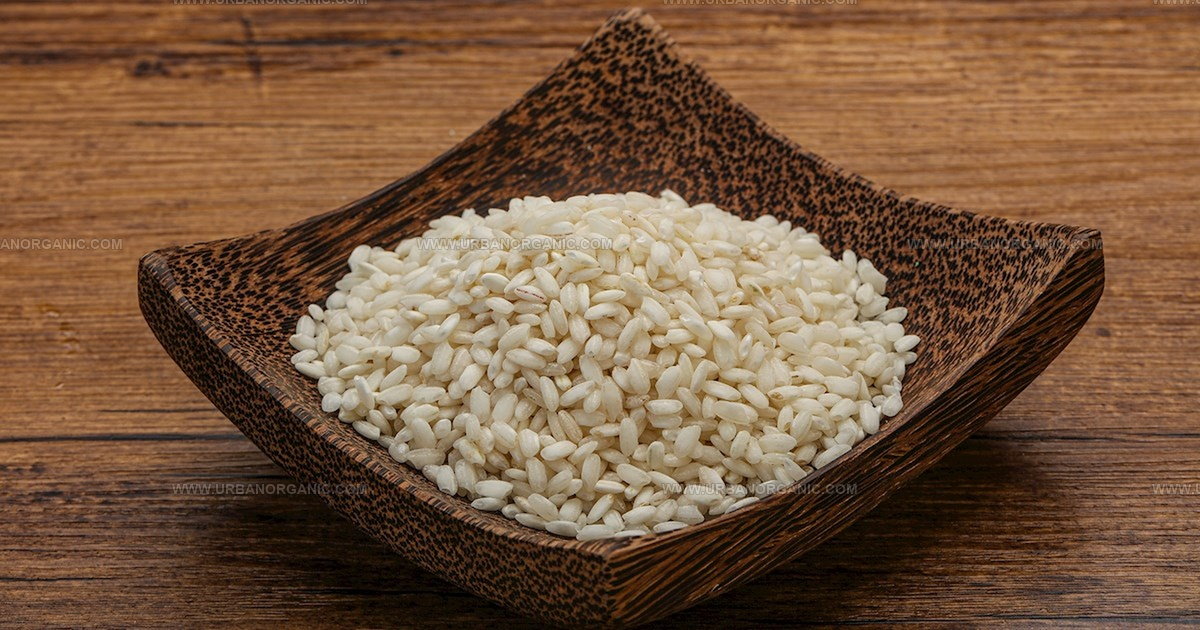
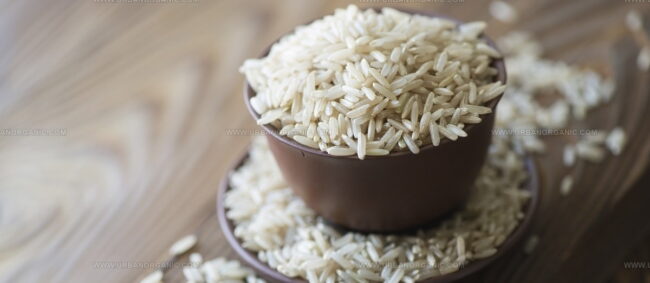
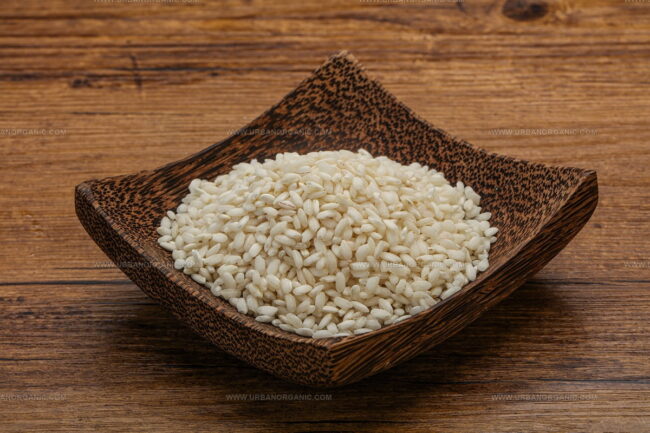
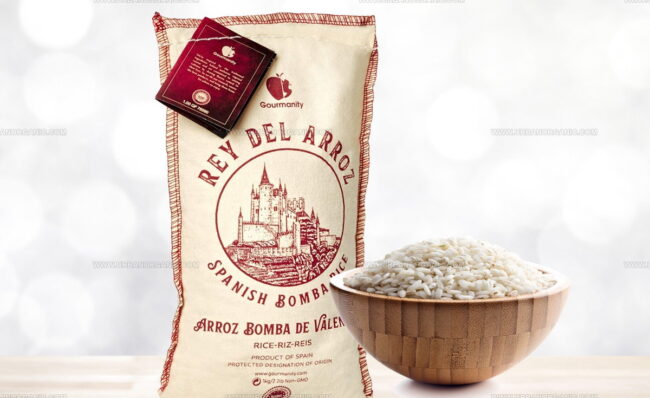
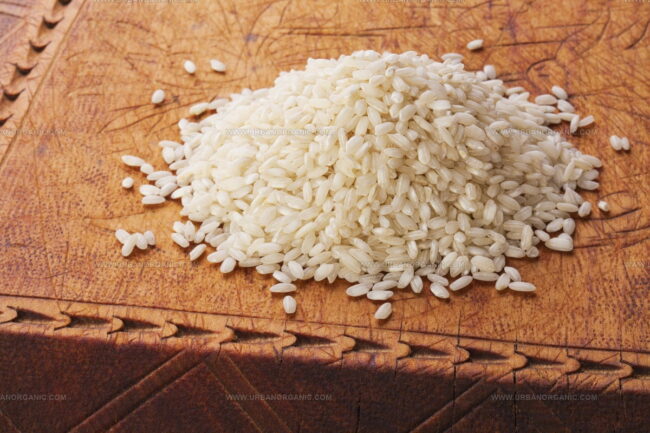
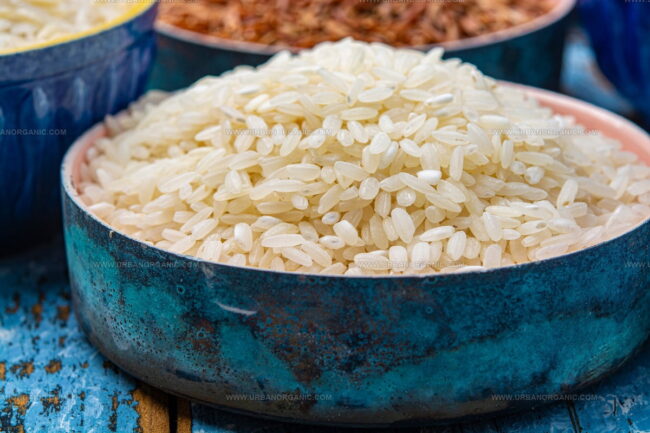
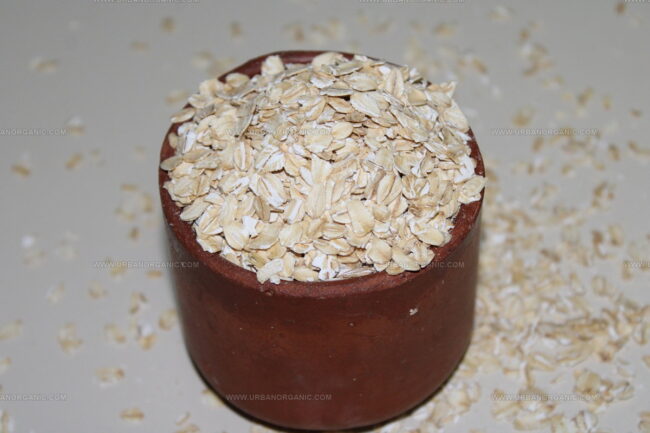
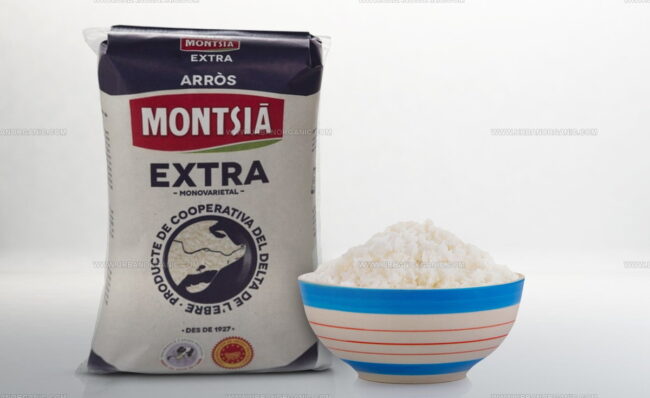

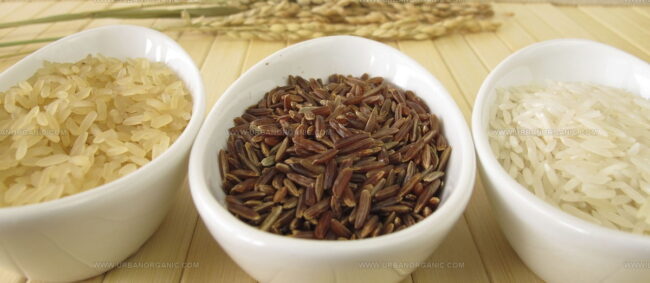

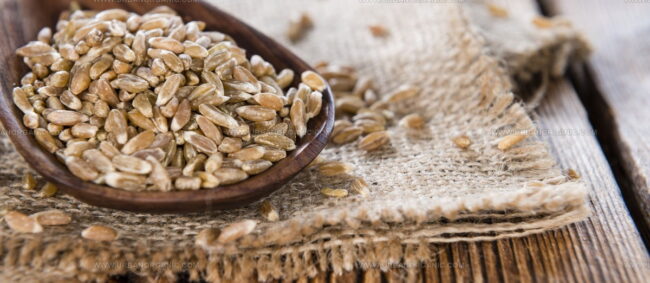
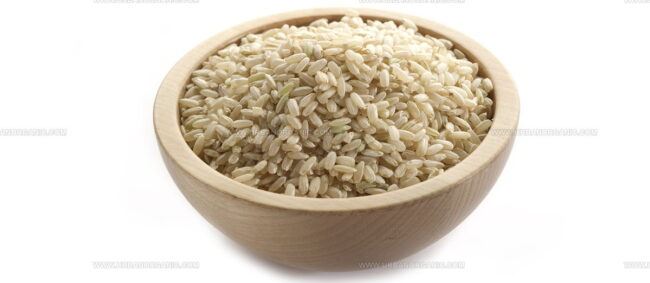
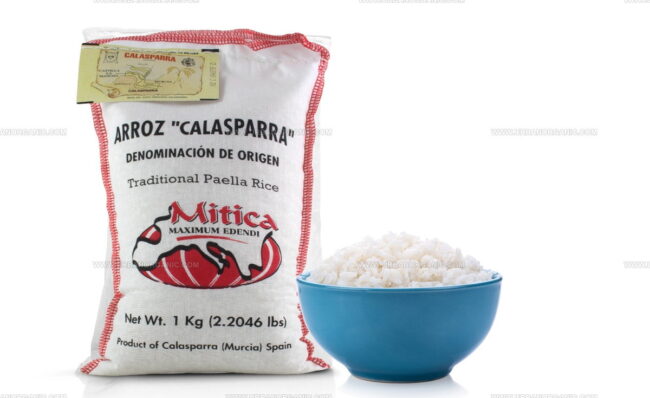
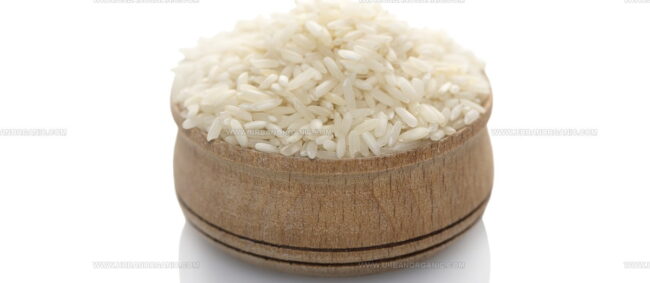
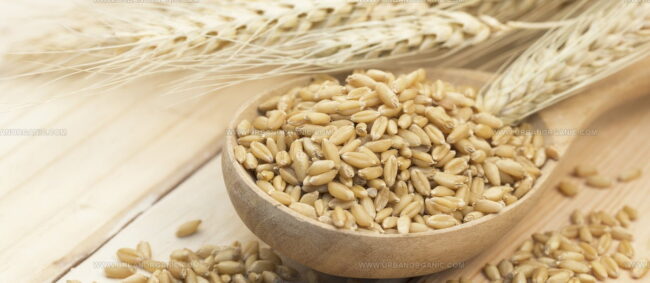
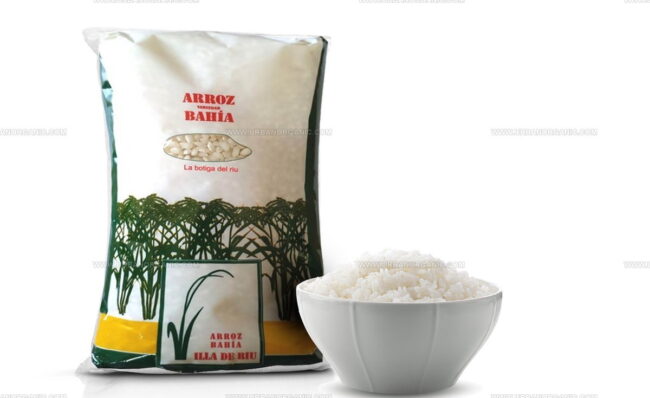
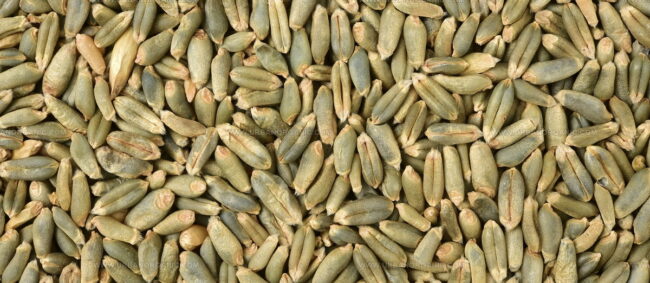
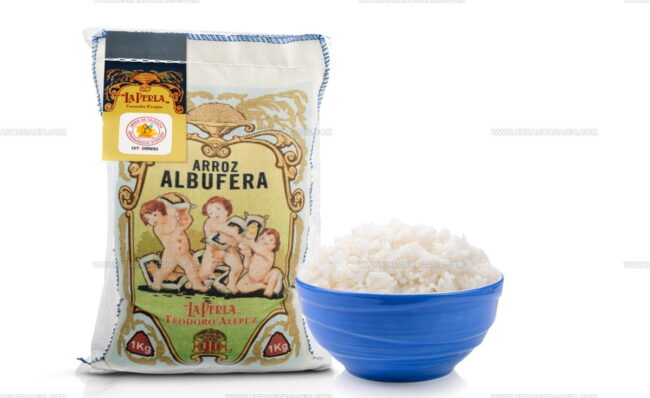
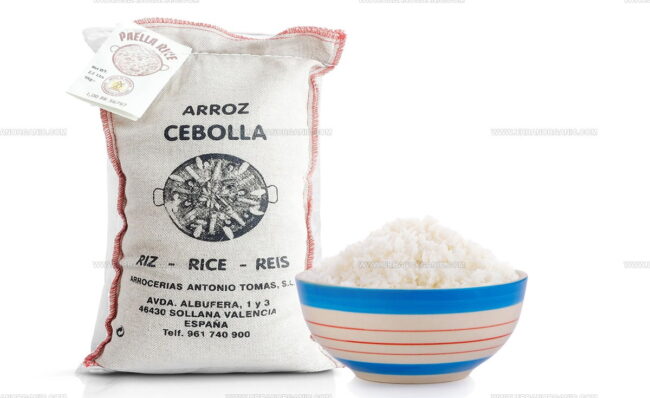

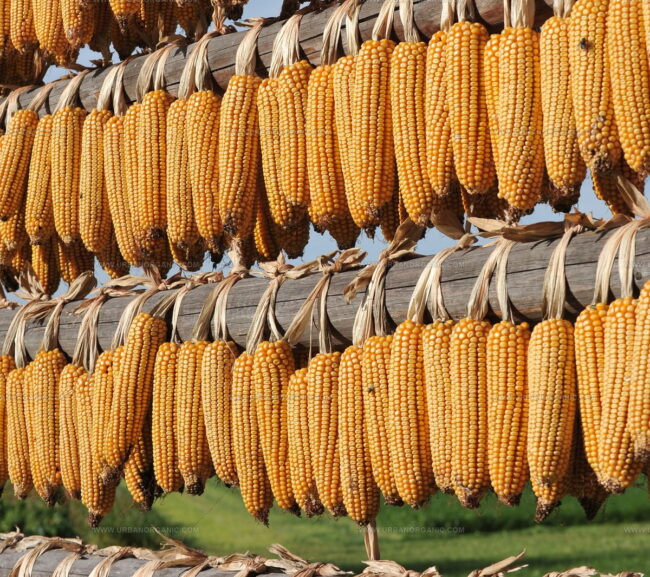
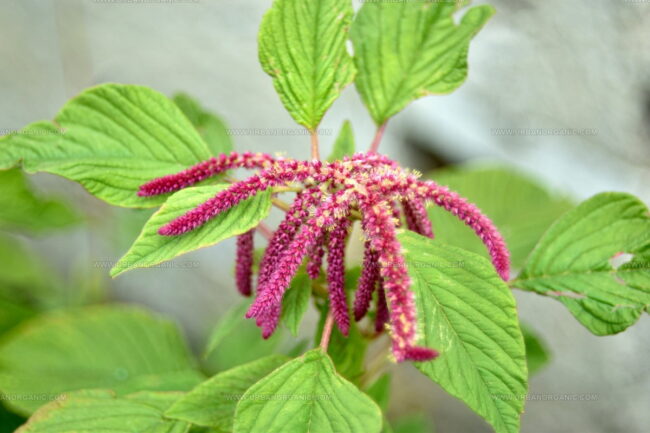
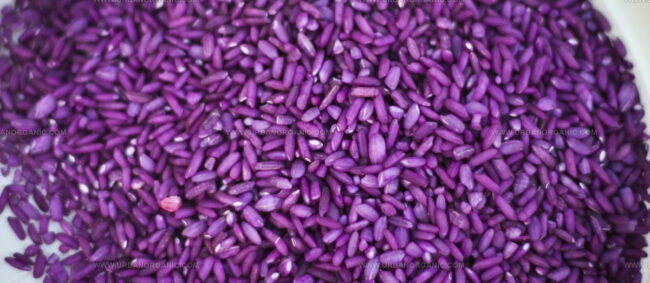
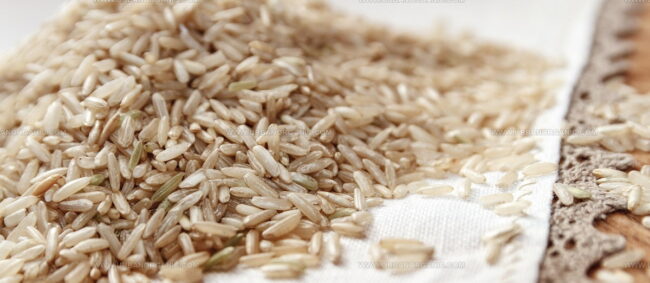
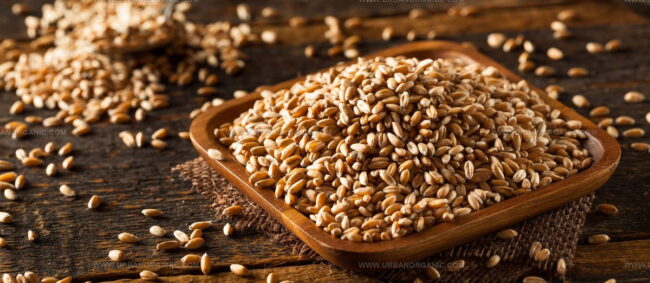
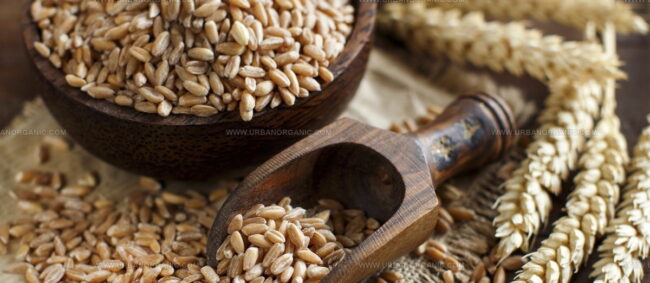
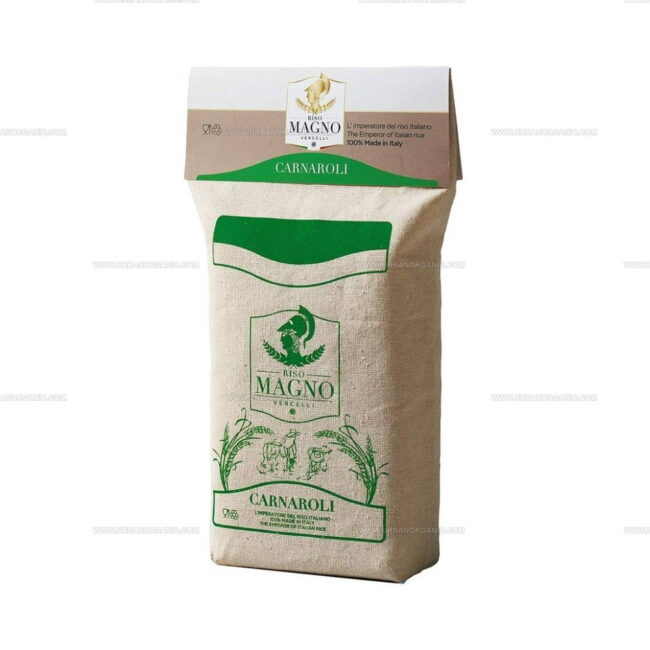

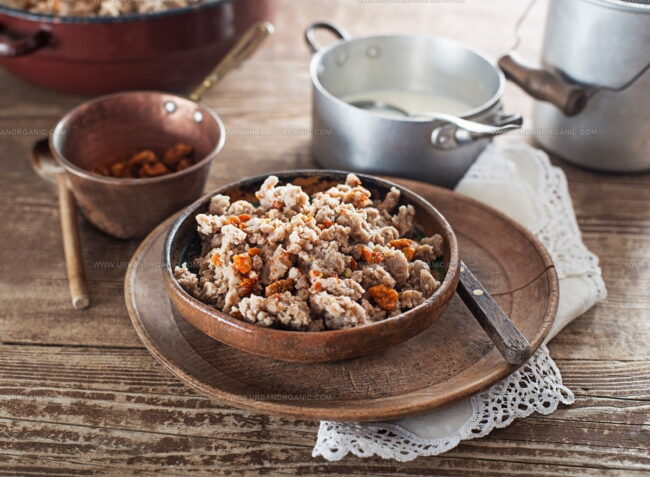
Jessica Martinez
Pastry Chef & Recipe Developer
Expertise
Organic Baking Techniques, Gluten-Free Recipe Development, Southwestern Dessert Specialties, Food Styling and Photography
Education
Santa Fe Community College (SFCC)
Jessica brings the sweet side to Urban Organic with her passion for baking and love for the Southwest. She trained at Santa Fe Community College and has built a career creating beautiful, gluten-free, and organic desserts that feel both nostalgic and new.
She believes baking should be fun, creative, and open to everyone, no matter your diet or skill level. Jessica’s recipes are simple enough to follow, but special enough to remember.